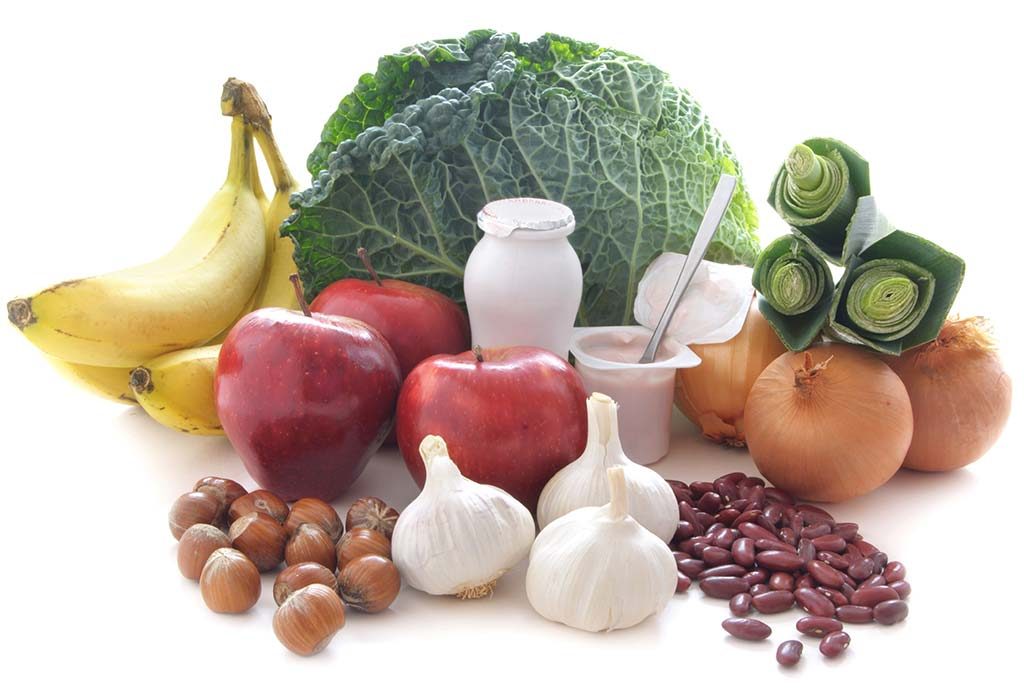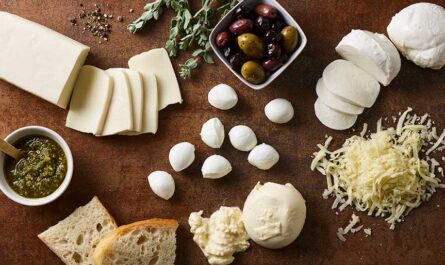Probiotics are live microorganisms that provide health benefits when consumed. These “good” bacteria and yeasts help maintain a healthy balance of microorganisms in the gut. More and more research is underscoring the importance of probiotic ingredients in our diet and their role in maintaining overall wellness. This article discusses some of the key probiotic ingredients and their health benefits.
Lactobacillus
Lactobacillus is one of the most common and extensively researched Probiotic Ingredients. Different strains of Lactobacillus have been shown to provide diverse health advantages. One of the prominent Lactobacillus strains used in probiotic supplements is Lactobacillus rhamnosus GG, also known as LGG. Several clinical trials have found LGG effective in treating and preventing diarrhea, especially antibiotic-associated diarrhea. It may also help manage irritable bowel syndrome (IBS) symptoms. Other Lactobacillus strains with proven benefits include Lactobacillus acidophilus, Lactobacillus casei, and Lactobacillus plantarum. These strains help optimize the balance of microflora in the gut and support digestive health.
Bifidobacterium
The Bifidobacterium genus includes various probiotic strains actively studied for their role in gut and immune health. For example, Bifidobacterium lactis BB-12 has shown efficacy in reducing the duration of rotavirus diarrhea in children. Some research also indicates Bifidobacterium may help control certain inflammatory bowel diseases like ulcerative colitis when taken regularly. Bifidobacterium longum is another commonly used strain with potential to positively modulate immune responses and regulate gut homeostasis. Maintaining healthy levels of Bifidobacterium in the intestine through fermented foods or supplements is linked to overall well-being.
Streptococcus Thermophilus
Streptococcus thermophilus is primarily used in producing cultured dairy products like yogurt. This probiotic bacterium gets classified as Generally Recognized As Safe (GRAS) by the FDA. Various studies have demonstrated the ability of S. thermophilus to inhibit growth of pathogenic bacteria in the gut. Regular intake of yogurt containing live cultures of S. thermophilus may assist digestive and urogenital health. Researchers are also exploring its prebiotic properties that support the proliferation of other helpful probiotic strains for a balanced microbiota composition.
Saccharomyces Boulardii
Saccharomyces boulardii is actually a non-pathogenic yeast used as a probiotic supplementation rather than a bacterium. It has shown promise as an alternative or adjunct treatment for various gut disorders. Multiple research reviews conclude S. boulardii reduces the risk and duration of antibiotic-associated diarrhea more effectively than placebo or no intervention. Some evidence indicates it may relieve symptoms of acute diarrhea and IBS as well. The yeast successfully colonizes the gut temporarily and facilitates recovery of natural microflora for overall digestive health support.
Prebiotics in Probiotic Foods and Supplements
For probiotic ingredients to be truly beneficial, prebiotics must also be present to feed and nourish them. Certain non-digestible plant fibers like inulin and oligofructose act as prebiotics. They selectively stimulate the growth and activity of helpful gut bacteria already present without promoting pathogenic species. Prebiotics naturally occur in foods like garlic, onions, asparagus, bananas and Jerusalem artichokes. Manufacturers increasingly add prebiotics like galactooligosaccharides (GOS) and fructooligosaccharides (FOS) to probiotic yogurts, drinks and supplements for maximum synergistic effects. The prebiotic-probiotic combination appears more effective for colonization of beneficial bacteria compared to probiotics alone.
Delivering Live Microorganisms
For probiotic ingredients to impart health effects, the live microorganisms must remain viable until consumption and through the gut. Key factors like processing, storage temperature and humidity can destroy much of the bacteria. Studies suggest refrigerated delivery systems provide better survival rates for probiotics compared to room temperature conditions. Enteric coatings that only dissolve in the intestine are another technology used to ensure the probiotic payload reaches the colon alive. Yogurts, some cheeses and fermented/non-dairy beverages conveniently contain live cultures for easy dietary probiotic consumption. Capsule or Culturelle formats work well for supplementing probiotic ingredients for those who need higher doses. With further research and quality control, probiotics will likely play a larger role in preventive healthcare.
As understanding of the gut microbiome deepens, so does our appreciation of probiotic ingredients’ contributions to a balanced intestinal ecosystem and overall wellness. Consuming probiotic foods and supplements regularly can make a meaningful difference, especially for digestive health maintenance. However, strain specificity is significant. Choosing products from reputable manufacturers that conduct strain verification testing ensures receiving the targeted probiotic benefits. More opportunities exist to capitalize on synergy between prebiotics and probiotics for optimal gut microflora remodeling and improved health outcomes.
*Note:
1. Source: Coherent Market Insights, Public sources, Desk research
2. We have leveraged AI tools to mine information and compile it




